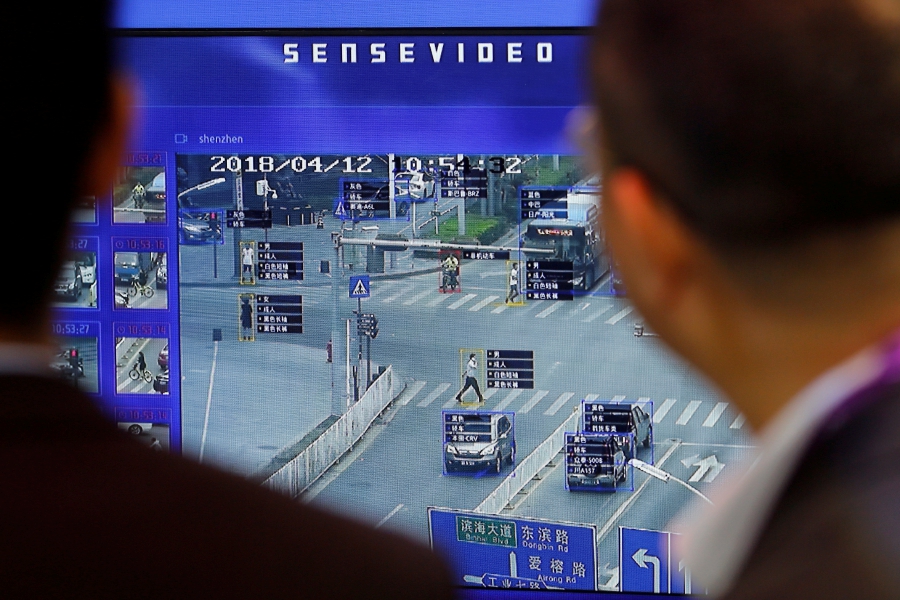
WHEN historian Yuval Noah Harari wrote his second best-selling book titled Homo Deus: A Brief History of Tomorrow some years ago, he coined a thought-provoking phrase on “the rise of the useless class” when artificial intelligence (AI) and machine learning become an integral part of human lives.
What Harari has put forward is a bracing and provocative prediction.
There will come a time over the next few decades when non-conscious algorithms are conceived to make better decisions than humans; and automation will replace men and women in conventional jobs that are known to us now.
Even now algorithms and machine learning are slowly being used in the digital economy to understand the patterns of consumers’ purchase behaviour and face-recognition surveillance for potential terrorist threats all over.
And more AI applications such as these are expected to be used by governments and corporations in the coming years.
Simply put, a useless class, according to Harari, is when AI spawns a dystopian future where “the human mob might end up jobless and aimless, whiling away our days off our nuts on drugs, with VR headsets strapped to our faces”.
I can imagine for many people in the West where they have a better social safety net, they can and will afford to pass their time idly without fearing about falling into poverty.
But for those in poor and developing countries, there is a chance that millions will be stricken by poverty.
And in the worst scenario, they fall into “modern slavery” where rich and powerful countries, particularly those possessing the wealth of digital knowledge, take advantage of the people on the other side of the digital divide.
Harari says the rapid growth of machine learning will threaten humankind in the 21st century; as AI gets amazingly quicker and smarter, more humans will be pushed out of the job market.
At that point in time, it will be cumbersome to grasp what academic disciplines to pursue in universities and colleges, simply because students have no idea what skills to learn at 20 that will be relevant by the time they are 40.
Before we know it, billions of people are useless, not through chance but by definition.
Like many parents, I am worried about my children’s future as they will face the consequences of what we do and decide today. Of what universities and colleges are teaching that will be of any relevance 10 or 20 years from now. Or whether the government is far-sighted enough to carve a better future 30 years from now.
Towards this end, Harari says, “if they want to continue to have a job, and to understand the world, and be relevant to what is happening, people will have to reinvent themselves again and again, and faster and faster”.
But not all is lost in our way forward to face the era of AI and machine learning as we trudge on towards embracing Industrial Revolution 4.0.
I got to read a game plan in a booklet published by TalentCorp on Critical Occupations List (COL).
Hey, this is an excellent first step in embracing IR 4.0!
COL is a platform for the coordination of human capital development policies related to higher education and Technical and Vocational Education and Training, upskilling, scholarship and immigration.
It is to develop a COL that will point us — the schools, universities and technical colleges and the government — in the direction of current and future job requirements of industries as the country moves forward to cope with technology shifts.
The way I see it, with rapid innovations in technology and the digital economy, we will see radical changes in the industry and labour market landscapes in the future.
As a background, the government has established a Critical Skills Monitoring Committee (CSC) as part of the 11th Malaysia Plan with the mandate to monitor skills imbalances.
The CSC is jointly chaired by TalentCorp and Institute of Labour Market Information and Analysis, both agencies in the Human Resources Ministry.
The CSC has published an annual COL since 2015. COL is evidence-based, showing occupations that are significantly in demand and facing shortages in the Malaysian labour market.
I think COL is a fabulous start to understand the current and future needs of the labour market.
Technology experts and Forbes Technology Council in March predicted 13 types of jobs will potentially be automated by 2030; they include insurance underwriting, warehouse & manufacturing, customer service, research & data entry, production line, TV advertising, pharmaceutical discovery, banking services & retail checkout, outbound sales, fast food service, long-haul trucking, delivery services and any tasks that can be learned by machines.
Human Resources Minister M. Kulasegaran, in his foreword in COL’s booklet, put forward questions about the future if we do not take steps to change, innovate and reinvent ourselves.
He says 11 per cent to 54 per cent of jobs in Malaysia can be significantly affected by AI in the next two decades and 7.4 per cent of Malaysian workers are at risk of being displaced by 2028.
He adds 50 per cent of jobs in Malaysia are at high risk of automation and that some occupations — including those in accounting, legal and data entry — have the highest probability of automation.
All of which leads to this question: what should we do?
First of all, take it very seriously,” Harari says.
“And make it a part of the political agenda, not only the scientific agenda.
“This is something that shouldn’t be left to scientists and private corporations.
“They know a lot about the technical stuff, the engineering, but they don’t necessarily have the vision and the legitimacy to decide the future course of humankind.”
He is right on all accounts.
C’est la vie.
The writer is a former NST journalist, now a film scriptwriter whose penchant is finding new food haunts in the country
The views expressed in this article are the author’s own and do not necessarily reflect those of the New Straits Times
